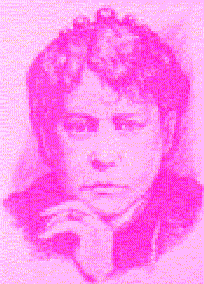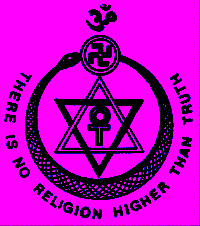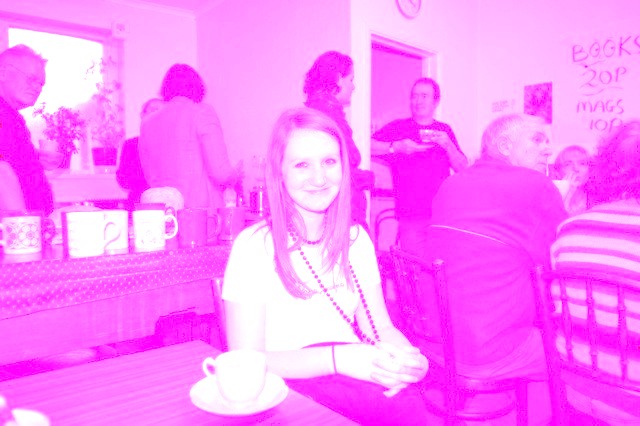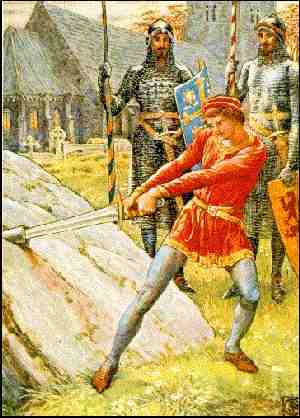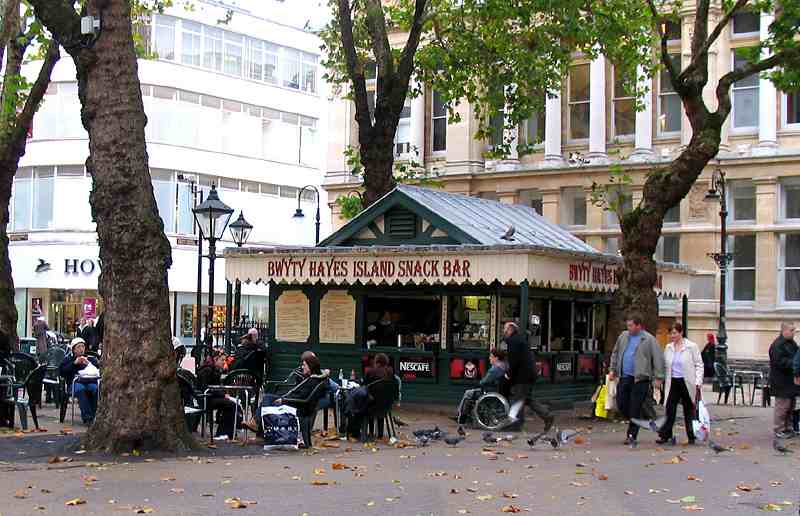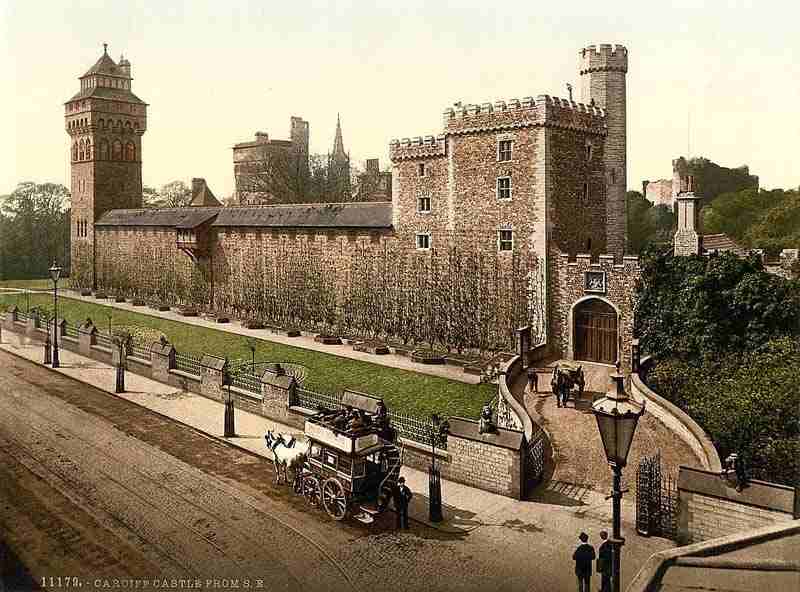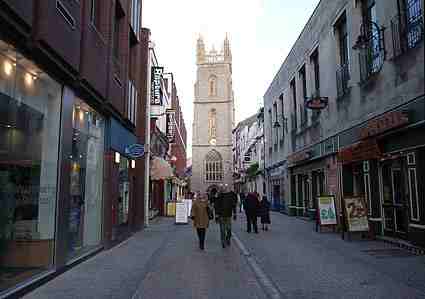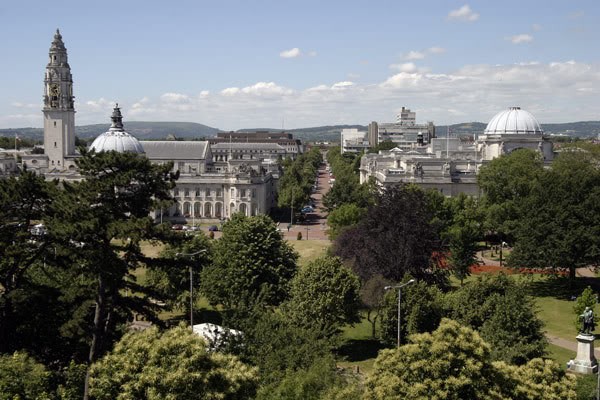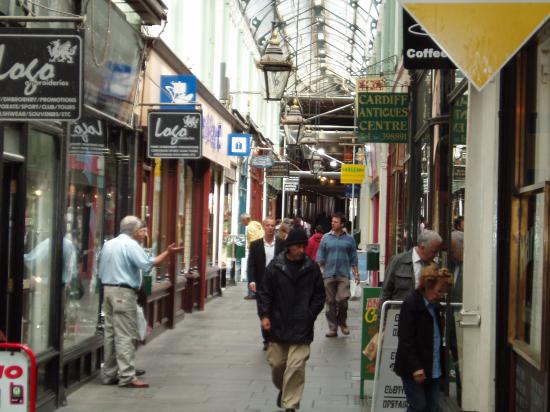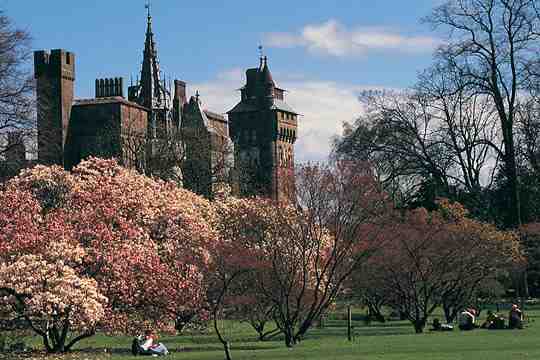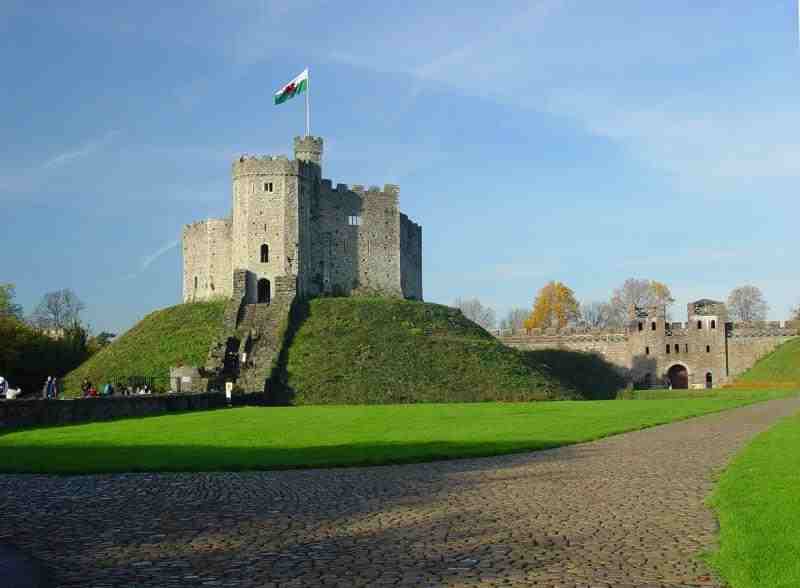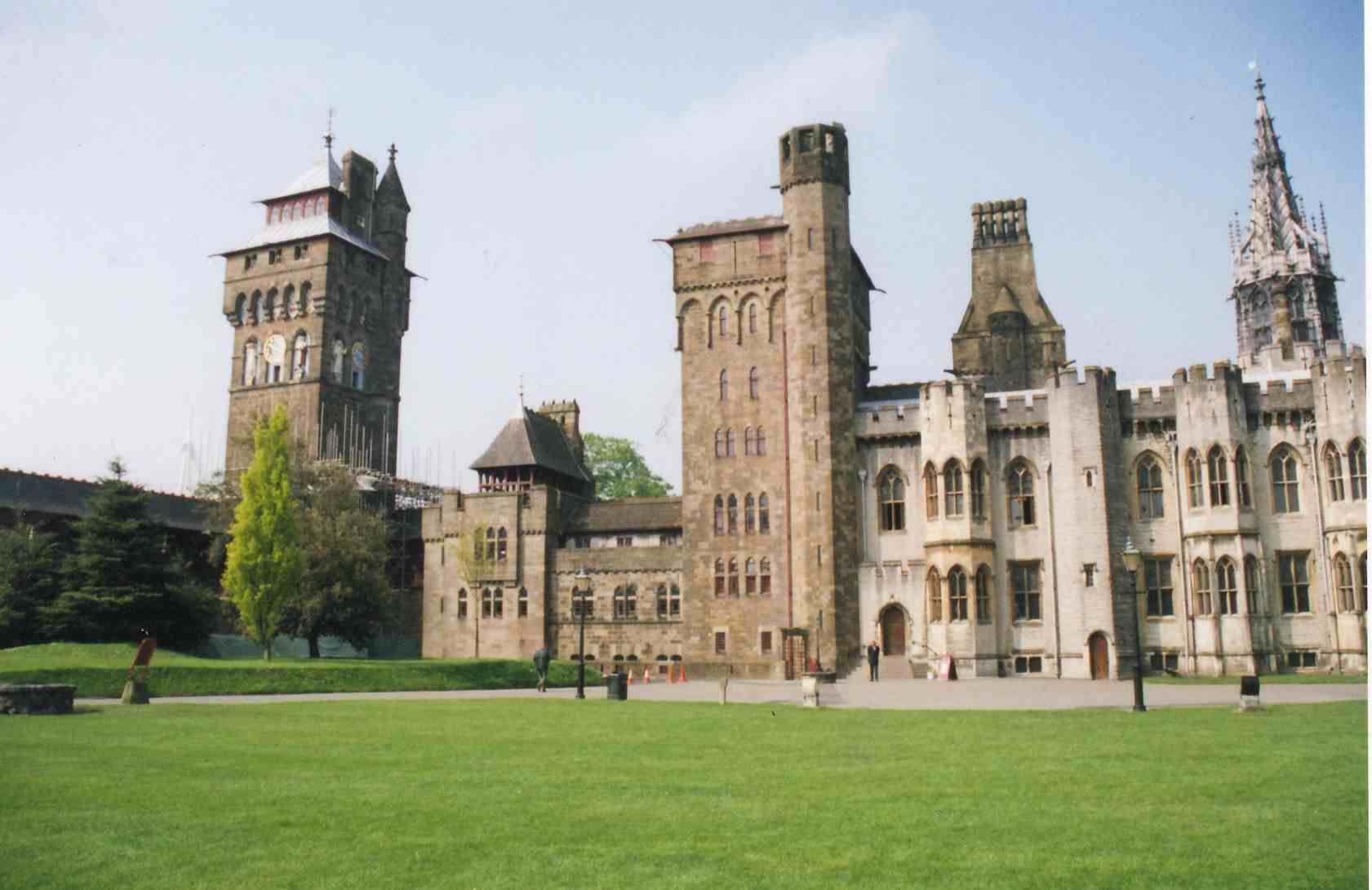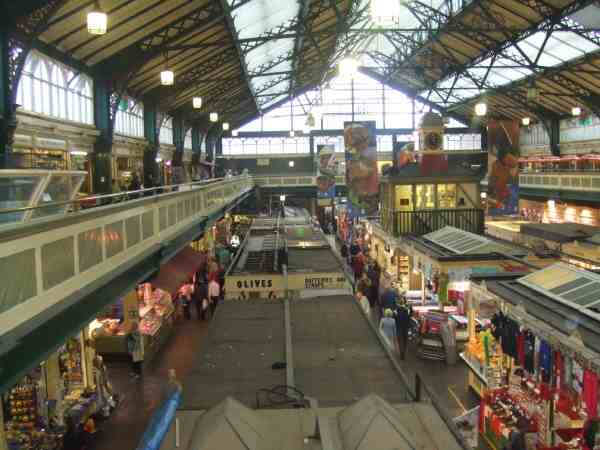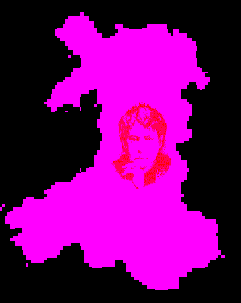
The All
Getting Started in
Theosophy
(And it’s all Free Stuff )
But you don’t have to live in Wales
to find this guide useful
Helena Petrovna Blavatsky
1831 – 1891
____________________
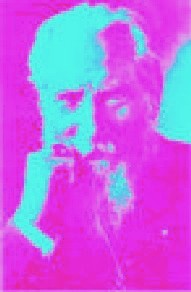
The Formation of
a Solar System
From
A Textbook of Theosophy
By
C
The
beginning of the universe (if ever it had a beginning) is beyond our ken. At the
earliest point of history that we can reach, the two great opposites of Spirit
and matter, of life and form, are already in full activity. We find that the
ordinary conception of matter needs a revision, for what are commonly called
force and matter are in reality only two varieties of Spirit at different
stages in evolution, and the real matter or basis of everything lies in the
background unperceived. A French scientist has recently said: “There is no
matter; there is nothing but holes in the aether”.
This also
agrees with the celebrated theory of Professor Osborne Reynolds. Occult investigation shows this to be the
correct view, and in that way explains what Oriental sacred books mean when
they say that matter is an illusion.
The
ultimate root-matter as seen at our level is what scientists call the aether of
space. ( This has been described in Occult Chemistry under the name of koilon)
To every physical sense the space occupied by it appears empty, yet in reality
this aether is far denser than anything of which we can conceive. Its density
is defined by Professor Reynolds as being ten thousand times greater than that
of water, and it means pressure as seven hundred and fifty thousand tons to the
square inch.
This
substance is perceptible only to highly developed clairvoyant power. We must
assume a time (though we have no direct knowledge on this point) when this
substance filled all space. We must also suppose that some great Being (not the
Deity of a solar system, but some Being almost infinitely higher than that)
changed
this condition of rest by pouring out His spirit or force into a certain
section of this matter, a section of the size of a whole universe. The effect
of the introduction of this force is at that of the blowing of a mighty breath;
it
has formed
within this aether an incalculable number of tiny spherical bubbles
(The
bubbles are spoken of in The Secret Doctrine as the holes which Fohat digs in
space), and these bubbles are the ultimate atoms of which what we call matter
is composed. They are not the atoms of the chemist, nor even the ultimate atoms
of the physical world. They stand at a far higher level, and what are usually
called atoms are composed of vast aggregations of these bubbles, as will be
seen later.
When the
Solar Deity begins to make His system, He finds ready to His hand this material
– this infinite mass of tiny bubbles which can be built up into various kinds
of matter as we know it. He commences by defining the limit of His field of
activity, a vast sphere whose circumference is far larger than the orbit of the
outermost of His future planets. Within the limit of that sphere He sets up a
kind of gigantic vortex – a motion which sweeps together all the bubbles into a
vast central mass, the material of the nebula that is to be.
Into this
vast revolving sphere He sends forth successive impulses of force, gathering
together the bubbles into ever more and more complex aggregations, and producing
in this way seven gigantic interpenetrating worlds of matter of different
degrees of density, all concentric and all occupying the same space.
Acting
through His Third Aspect, He sends forth into this stupendous sphere the first
of these impulses. It sets up all through the sphere a vast number of tiny
vortices, each of which draws into itself forty-nine bubbles and arranges them
in a certain shape. These little groupings of bubbles so formed are the atoms
of the second of the interpenetrating worlds. The whole number of the bubbles
is not used in this way, sufficient being left in the dissociated state to act
as atoms for the first and highest of these worlds. In due time comes the
second impulse, which seizes upon nearly all these forty nine bubble atoms
(leaving only enough to provide atoms for the second world), draws them back
into itself and then, throwing them out again, sets up among them vortices,
each of which holds within itself 2,401 bubbles (49 2). These form the atoms of
the third world. Again after a time comes a third impulse, which in the same
way seizes upon nearly all these 2,401 bubble atoms, draws them back again into
their original form, and again throws them outward once more as the atoms of
the fourth world – each atom containing this time 49 3 bubbles. This process is
repeated until the sixth of these successive impulses has built the atom of the
seventh or lowest world – that atom containing 49 6 of the original bubbles.
This atom
of the seventh world is the ultimate atom of the physical world – not any of
the atoms of which chemists speak, but that ultimate out of which all their
atoms are made.
We have at
this stage arrived at that condition of affairs in which the vast whirling
sphere contains within itself seven types of matter, all one in essence,
because all built of the same kind of bubbles, but differing in their degree of
density. All these types are freely intermingled, so that specimens of each
type would be found in a small portion of the sphere taken at random in any
part of it, with, however, a general tendency of the heavier atoms to gravitate
more and more towards the center.
The
seventh impulse sent out from the Third Aspect of the Deity does not, as
before, draw back the physical atoms which were last made into the original
dissociated bubbles, but draws them together into certain aggregations, thus
making a number of different kinds of what may be called proto-elements, and
these again are joined together into the various forms which are known to
science as chemical elements. The making of these extends over a period of
ages, and they are made in a certain definite order by the interaction of
several forces, as is correctly indicated in Sir William Crookes’ paper on The
Genesis of the Elements. Indeed the process of their making it is not even
nowconcluded; uranium is the latest and heaviest element so far as we know, but
others still more complicated may perhaps be produced in the future.
As ages roll
on the condensation increased, and presently the stage of a vast glowing nebula
was reached. As it cooled, still rapidly rotating, it flattened into a huge
disc and gradually broke up into rings surrounding a central body – an
arrangement not unlike that which Saturn exhibits at the present day, though on
a far larger scale.
As the
time drew near when the planets would be required for the purposes of
evolution, the Deity set up somewhere in the thickness of each ring a
subsidiary vortex, into which a great deal of the matter of the ring was by
degrees collected. The collisions of the gathered fragments caused a revival of
the heat, and the resulting planet was for a long time a mass of glowing gas.
Little by little it cooled once more, until it became fit to be the theatre of
life such as ours. Thus were all the planets formed.
Almost all
the matter of those interpenetrating worlds was by this time concentrated into
the newly formed planets. Each of them was and is composed of all those
different kinds of matter. The earth upon which we are now living is not merely
a great ball of physical matter, built of the atoms of that lowest world, but
has also attached to it an abundant supply of matter of the sixth, the fifth,
the fourth and other worlds. It is well known to all students of science that
particles of matter never actually touch one another, even in the hardest of
substances. The spaces between them are always far greater in proportion than
their own size – enormously greater. So there is ample room
for all
the other kinds of atoms of all those other worlds, not only to lie between the
atoms of the denser matter, but to move quite freely among them and around
them. Consequently this globe upon which we live is not one world, but seven
interpenetrating worlds, all occupying the same space, except that the finer
types of matter extend further from the center than does the denser matter.
We have
given names to these interpenetrating worlds for convenience in speaking of
them. No name is needed for the first, as man is not yet in direct connection
with it; but when it is necessary to mention it, it may be called the divine
world. The second is described as the monadic, because in it exist those Sparks
of the divine Life which we call the human Monads; but neither of these can be
touched by the highest clairvoyant investigations at present possible for us.
The third
sphere, whose atoms contain 2,401 bubbles, is called the spiritual world,
because in it functions the highest Spirit in man as now constituted. The
fourth is the intuitional world (Previously called in theosophical literature
the buddhic plane) because from it come the highest intuitions. The fifth is
the mental world, because of its matter is built the mind of man. The sixth is
called the emotional or astral world, because the emotions of man cause
undulations in its matter. (The name astral was given to it by mediaeval
alchemists, because its matter is starry or shining as compared to that of the
denser world). The seventh world, composed of the type of matter which we see
all around us, is called the physical.
The matter
of which all these interpenetrating worlds are built is essentially the same
matter, but differently arranged and of different degrees of density.
Therefore
the rates at which these various types of matter normally vibrate differ also.
They may be considered as a vast gamut of undulations consisting of many
octaves.
The
physical matter uses a certain number of the lowest of these octaves, the
astral matter another group of octaves just above that, the mental matter a
still further group, and so on.
Not only
has each of these worlds its own type of matter; it has also its own set of
aggregations of that matter – its own substances. In each world we arrange
these substances in seven classes according to the rate at which their
molecules vibrate. Usually, but not invariably, the slower oscillation involves
also a larger molecule – a molecule, that is built up by a special arrangement
of the smaller molecules of the next higher subdivision. The application of
heat increases the size of the molecules and also quickens and amplifies their
undulation, so that they cover more ground, and the object as a whole expands,
until the point is reached where the aggregation of molecules breaks up, and
the latter passes from one condition to that next above it.
In the
matter of the physical world the seven subdivisions are represented by seven
degrees of density of matter, to which, beginning from below upwards, we give
the names solid liquid, gaseous, etheric, super-etheric, subatomic and atomic.
The atomic
subdivision is one in which all forms are built by the compression into certain
shapes of the physical atoms, without any previous collection of these atoms
into blocks or molecules. Typifying the physical ultimate atom for the moment
by a brick, any form in the atomic subdivision would be made by gathering
together some of the bricks, and building them into a certain shape.
In order
to make matter for the next lower subdivision, a certain number of the bricks
(atoms) would be first gathered together and cemented into small blocks of say
four bricks each, five bricks each, six bricks or seven bricks; and then these
blocks so made would be used as building-stones. For the next subdivision
several of the blocks of the second subdivision cemented together in certain
shapes would form building-stones, and so on to the lowest.
To
transfer any substance from the solid condition to the liquid (that is to say,
to melt it) is to increase the vibration of its compound molecules until at
last they are shaken apart into the simpler molecules of which they were built.
This
process can in all cases be repeated again and again until finally any and
every physical substance can be reduced to the ultimate atoms of the physical
world.
Each of
these worlds has its inhabitants, whose senses are normally capable of
responding to the undulations of their own world only. A man living (as we are all
doing) in the physical world sees, hears, feels, by vibrations connected with
the physical matter around him. He is equally surrounded by the astral and
mental and other worlds which are interpenetrating his own denser world, but of
them he is
normally unconscious, because his senses cannot respond to the oscillations of
their matter, just as our physical eyes cannot see by the vibrations of
ultraviolet light, although scientific experiments show that they exist and
there are other consciousnesses with differently-formed organs who can see by
them. A being living in the astral world might be occupying the very same space
as a being living in the physical world, yet each would be entirely unconscious
of the other and would in no way impede the free movement of the other. The
same is true of all the other worlds. We are at this moment surrounded by these
worlds of finer matter, as close to us as the world we see, and their
inhabitants are passing through us and about us, but we are entirely
unconscious of them.
Since our
evolution is centered at present upon this globe which we call the earth, it is
in connection with it only that we shall be speaking of these higher worlds, so
in future when I use the term “astral world” I shall mean by it the astral part
of our own globe only, and not (as heretofore) the astral part of the whole
solar system.
This
astral part of our own world is also a
globe, but
of astral matter. It occupies the same place as the globe which we see, but its
matter (being so much lighter) extends out into space on all sides of us
further than does the atmosphere of the earth – a great deal further. It
stretches to a little less than the mean distance of the moon, so that though
the two physical globes, the earth and the moon, are nearly 240,000 miles
apart, the astral globes of these two bodies touch one another when the moon is
in perigee, but not when she is in apogee. I shall apply the term “mental
world” to the still larger globe of mental matter in the midst of which our
physical earth exists. When we come to the still higher globes we have spheres
large enough to touch the corresponding spheres of other planets in the system,
though their matter also is just as much about us here on the surface of the
solid earth as that of the others.
All these
globes of finer matter are a part of us, and are all revolving round the sun
with their visible part. The student will do well to accustom himself to think
of our earth as the whole of this mass of interpenetrating worlds – not only
the comparatively small physical ball in the center of it.
______________________
The All Wales
Guide to
Getting Started in
Theosophy
_______________________
Find out more about
Theosophy with these links
Cardiff Theosophical Society meetings
are informal
and there’s always a cup of tea afterwards
The
Cardiff Theosophical Society Website
The
National Wales Theosophy Website
Theosophy Cardiff’s Instant Guide
One liners and quick explanations
H P
Blavatsky is usually the only
Theosophist
that most people have ever
heard
of. Let’s put that right
The Voice of the Silence Website
Dave’s Streetwise Theosophy Boards
If you run a
Theosophy Study Group,
please feel free
to use any material on this site
If you run a
Theosophy Group you can use
this as an
introductory handout
It’s all “water
under the bridge” but everything you do
makes an imprint
on the Space-Time Continuum.
An
Independent Theosophical Republic
Links
to Free Online Theosophy
Study
Resources; Courses, Writings,
The main criteria
for the inclusion of
links on this
site is that they have some
relationship
(however tenuous) to Theosophy
and are
lightweight, amusing or entertaining.
Topics include
Quantum Theory and Socks,
Dick Dastardly and Legendary Blues Singers.
Lentil burgers, a
thousand press ups before breakfast and
the daily 25 mile
run may put it off for a while but death
seems to get most
of us in the end. We are pleased to
present for your
consideration, a definitive work on the
subject by a
Student of Katherine Tingley entitled
This is for
everyone, you don’t have to live
in Wales to
make good use of this Website
The
Seven Principles of Man
By
Annie
Besant
No
Aardvarks were harmed in the
The Spiritual Home of Urban Theosophy
The Earth Base for Evolutionary Theosophy
Reincarnation
This guide has been included in response
to the number of enquiries we receive on
this
subject at Cardiff Theosophical Society
From A Textbook
of Theosophy By C W Leadbeater
How We Remember our Past Lives
Life after Death & Reincarnation
The Slaughter of the Battle of the Somme
1916 leads to
a great demand by the public for
lectures on Reincarnation
Classic Introductory Theosophy Text
A Text Book of Theosophy By C
What Theosophy Is From the Absolute to Man
The Formation of a Solar System The Evolution of Life
The Constitution of Man After Death
Reincarnation
The Purpose of Life The Planetary Chains
The Result of Theosophical Study
The Occult World
By
Alfred Percy Sinnett
The
Occult World is an treatise on the
Occult
and Occult Phenomena, presented
in readable style, by an early giant of
the
Theosophical Movement.
Preface to the American Edition Introduction
Occultism and its Adepts The Theosophical Society
First Occult Experiences Teachings of Occult Philosophy
Later Occult Phenomena Appendix
by
Annie Besant
THE PHYSICAL PLANE THE ASTRAL PLANE
KÂMALOKA THE MENTAL PLANE DEVACHAN
THE BUDDHIC AND NIRVANIC PLANES
THE THREE KINDS OF KARMA COLLECTIVE KARMA
THE LAW OF SACRIFICE MAN'S
ASCENT
______________________
Annie Besant Visits Cardiff 1924
National Wales Centre for Theosophy
Blavatsky Wales Theosophy Group
Selection of H P Blavatsky’s Writings
Theosophy Birmingham (England)
The Birmingham Annie Besant Lodge
Quotes
from the Writings of
Helena
Petrovna Blavatsky
The Secret Doctrine , Volume 2, Page 100
It is only by the
attractive force of the contrasts that the two opposites — Spirit and Matter — can be cemented
together on Earth, and, smelted in the fire of self-conscious experience and suffering, find
themselves wedded in Eternity.
The Secret Doctrine , Volume 2, Page 108
It is the motive, and
the motive alone, which makes any exercise of power become black, malignant, or white,
beneficent Magic. It is impossible to employ spiritual forces if there is the
slightest tinge of selfishness remaining in the operator .... The powers and
forces of animal nature can equally be used by the selfish and revengeful, as
by the unselfish and the all-forgiving; the powers and forces of spirit lend
themselves only to the perfectly pure in heart — and this is Divine Magic.
Isis Unveiled, Volume
1, Page 36
The Secret Doctrine , Volume 3, Page 14
Even ignorance is better than
Head-learning with no Soul-wisdom to illuminate and guide it.
The Voice of the Silence, Page 43
Tekels Park
to be Sold to a Developer
Concerns about the fate of the wildlife as
Tekels Park is to be Sold to a Developer
Concerns are raised about the fate of the wildlife as
The Spiritual Retreat, Tekels Park in Camberley,
Surrey, England is to be sold to a developer.
Tekels Park is a 50 acre woodland
park, purchased
for the Adyar Theosophical Society in England
in 1929.
In addition to concern about the
park, many are
worried about the future of the Tekels Park
Deer
as they are not a protected species.
Confusion as the Theoversity moves out of
Tekels Park to Southampton, Glastonbury &
Chorley in Lancashire while the leadership claim
that the Theosophical Society will carry on
using
Tekels Park despite its sale to a developer
Anyone planning a “Spiritual” stay at
the
Tekels Park Guest House should be
aware of the sale.
Tekels Park & the Loch Ness Monster
A Satirical view
of the sale of Tekels Park
in Camberley,
Surrey to a developer
The Toff’s Guide to the Sale of Tekels Park
What the men in
top hats have to
say about the
sale of Tekels Park
________________________
The Theosophy Cardiff
Glastonbury Pages
The Theosophy Cardiff Guide to
The Theosophy Cardiff Guide to
The Theosophy Cardiff Guide to
The Terraced Maze of Glastonbury Tor
Glastonbury and
Joseph of Arimathea
The Grave of King Arthur & Guinevere
Views of Glastonbury High Street
The Theosophy Cardiff Guide to
Guide to the
Theosophy Wales King Arthur Pages
Arthur draws
the Sword from the Stone
The Knights of The Round Table
The Roman Amphitheatre at Caerleon,
Eamont Bridge, Nr Penrith, Cumbria, England.
Geoffrey of Monmouth
(History of the Kings of Britain)
The reliabilty of this work has long been a subject of
debate but it is the first definitive account of Arthur’s
Reign
and one which puts Arthur in a historcal context.
and his version’s political agenda
According to Geoffrey of Monmouth
The first written mention of Arthur as a heroic figure
The British leader who fought twelve battles
King Arthur’s ninth victory at
The Battle of the City of the Legion
King Arthur ambushes an advancing Saxon
army then defeats them at Liddington Castle,
Badbury, Near Swindon, Wiltshire, England.
King Arthur’s twelfth and last victory against the Saxons
Traditionally Arthur’s last battle in which he was
mortally wounded although his side went on to win
No contemporary writings or accounts of his life
but he is placed 50 to 100 years after the accepted
King Arthur period. He refers to Arthur in his inspiring
poems but the earliest written record of these dates
from over three hundred years after Taliesin’s death.
Pendragon Castle
Mallerstang Valley, Nr Kirkby Stephen,
A 12th Century Norman ruin on the site of what is
reputed to have been a stronghold of Uther Pendragon
From wise child with no
earthly father to
Megastar of Arthurian
Legend
History of the Kings of Britain
Drawn from the Stone or received from the Lady of the Lake.
Sir Thomas Malory’s Le Morte d’Arthur has both versions
with both swords called Excalibur. Other versions
5th & 6th Century Timeline of Britain
From the departure of the Romans from
Britain to the establishment of sizeable
Anglo-Saxon Kingdoms
Glossary of
Arthur’s uncle:- The puppet ruler of the Britons
controlled and eventually killed by Vortigern
Amesbury, Wiltshire, England. Circa 450CE
An alleged massacre of Celtic Nobility by the Saxons
History of the Kings of Britain
Athrwys / Arthrwys
King of Ergyng
Circa 618 - 655 CE
Latin: Artorius; English: Arthur
A warrior King born in Gwent and associated with
Caerleon, a possible Camelot. Although over 100 years
later that the accepted Arthur period, the exploits of
Athrwys may have contributed to the King Arthur Legend.
He became King of Ergyng, a kingdom between
Gwent and Brycheiniog (Brecon)
Angles under Ida seized the Celtic Kingdom of
Bernaccia in North East England in 547 CE forcing
Although much later than the accepted King Arthur
period, the events of Morgan Bulc’s 50 year campaign
to regain his kingdom may have contributed to
Old Welsh: Guorthigirn;
Anglo-Saxon: Wyrtgeorn;
Breton: Gurthiern; Modern Welsh; Gwrtheyrn;
*********************************
An earlier ruler than King Arthur and not a heroic figure.
He is credited with policies that weakened Celtic Britain
to a point from which it never recovered.
Although there are no contemporary accounts of
his rule, there is more written evidence for his
existence than of King Arthur.
How Sir Lancelot slew two giants,
From Sir Thomas Malory’s Le Morte d’Arthur
How Sir Lancelot rode disguised
in Sir Kay's harness, and how he
From Sir Thomas Malory’s Le Morte d’Arthur
How Sir Lancelot jousted against
four knights of the Round Table,
From Sir Thomas Malory’s Le Morte d’Arthur
Quick Explanations with Links to More Detailed Info
What is Theosophy ? Theosophy Defined (More Detail)
Three Fundamental Propositions Key Concepts of Theosophy
Cosmogenesis Anthropogenesis Root Races
Ascended Masters After Death States
The Seven Principles of Man Karma
Reincarnation Helena Petrovna Blavatsky
Colonel Henry Steel Olcott William Quan Judge
The Start of the Theosophical
Society
History of the Theosophical Society
Theosophical Society Presidents
History of the Theosophical
Society in Wales
The Three Objectives of the
Theosophical Society
Explanation of the Theosophical
Society Emblem
The Theosophical Order of
Service (TOS)
Glossaries of Theosophical Terms
Index
of Searchable
Full
Text Versions of
Definitive
Theosophical
Works
H P Blavatsky’s Secret Doctrine
Isis Unveiled by H P Blavatsky
H P Blavatsky’s Esoteric Glossary
Mahatma Letters to A P Sinnett 1 - 25
A Modern Revival of Ancient Wisdom
(Selection of Articles by H P Blavatsky)
The Secret Doctrine – Volume 3
A compilation of H P Blavatsky’s
writings published after her death
Esoteric Christianity or the Lesser Mysteries
The Early Teachings of The Masters
A Collection of Fugitive Fragments
Fundamentals of the Esoteric Philosophy
Mystical,
Philosophical, Theosophical, Historical
and Scientific
Essays Selected from "The Theosophist"
Edited by George
Robert Stow Mead
From Talks on the Path of Occultism - Vol. II
In the Twilight”
Series of Articles
The In the
Twilight” series appeared during
1898 in The
Theosophical Review and
from 1909-1913
in The Theosophist.
compiled from
information supplied by
her relatives
and friends and edited by A P Sinnett
Letters and
Talks on Theosophy and the Theosophical Life
Obras
Teosoficas En Espanol
Theosophische
Schriften Auf Deutsch
Try these if you don’t
live in Wales
and are looking for a
Local Theosophy Group or
Centre
UK Listing of Theosophical Groups
____________________________
___________________________
Cardiff
Theosophical Society in Wales
Cardiff, Wales, UK. CF24 – 1DL
_____________________________
Cardiff Picture Gallery
Cardiff
Millennium Stadium
The
Hayes Cafe
Outside Cardiff Castle
Circa 1890
Church
Street
Cardiff View
Royal
The
Original Norman Castle which stands inside
the
Grounds of the later
Inside
the Grounds at
Cardiff
Street Entertainment
Cardiff
Indoor Market
Cardiff Theosophical Society in Wales
Hey Look! Theosophy in Cardiff
